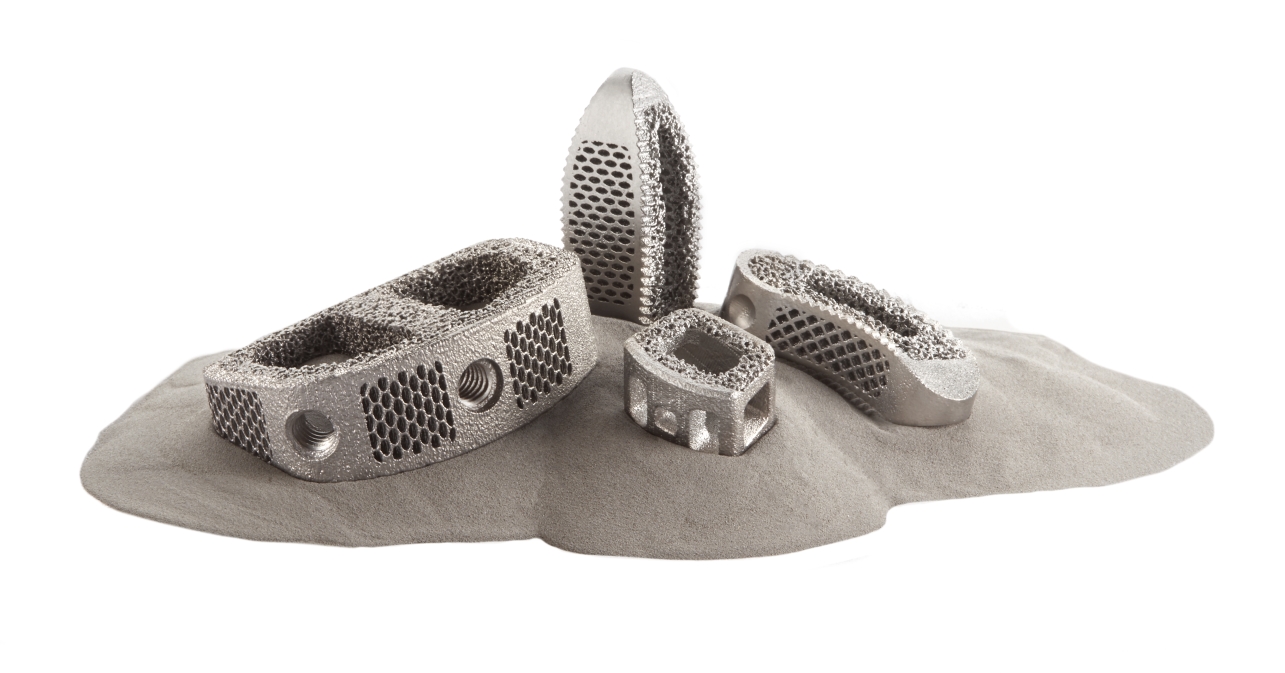In most areas of activity, it takes time to build a product and this time means everything when you are granted an authorization to go ahead. Corelink will very soon commercialize the FoundationTM 3D Anterior Lumbar (ALIF) Interbody device. The specialist of spinal implant systems received 510(k) clearance from the U.S. Food and Drug Administration (FDA). This marks the launch of the latest addition to CoreLink’s Foundation 3D Interbody Cage family.
CoreLink’s Foundation 3D Interbody Cage family
 In April, the company announced part of the commercialization of its F3D Interbody Cage family. The characteristics of the human body’s natural bone will be mimicked by Mimetic Metal™ technology. The bone was manufactured by the titanium device with the use of 3D printing. Much excitement is brewing about the latest advancement due to the machinery.
In April, the company announced part of the commercialization of its F3D Interbody Cage family. The characteristics of the human body’s natural bone will be mimicked by Mimetic Metal™ technology. The bone was manufactured by the titanium device with the use of 3D printing. Much excitement is brewing about the latest advancement due to the machinery.
Prior to the newly 510(k) cleared ALIF device, 3 other sterile-packaged Foundation 3D interbody cages were released by the company: Cervical, Straight Lumbar, and Curved Lumbar.
“Foundation 3D ALIF leverages CoreLink’s proprietary Mimetic Metal™ technology that mimics key characteristics of natural bone – 100% open-pore architecture and micro roughened porosity with significant hydro-wicking properties. The new ALIF design also features patent pending StrutSure™ technology which creates a combination of load-sharing support structure and interconnected lattice designed to provide optimal balance between strength, stiffness, and stability. This unique structure minimizes implant material density, providing good imaging characteristics. Foundation 3D devices have a low modulus that may reduce stress shielding and enable the benefits of Wolff’s Law.”
For further information, follow us on our social media and subscribe to our newsletter!
Would you like to be featured in the next issue of our digital magazine? Send us an email at contact@3dadept.com





